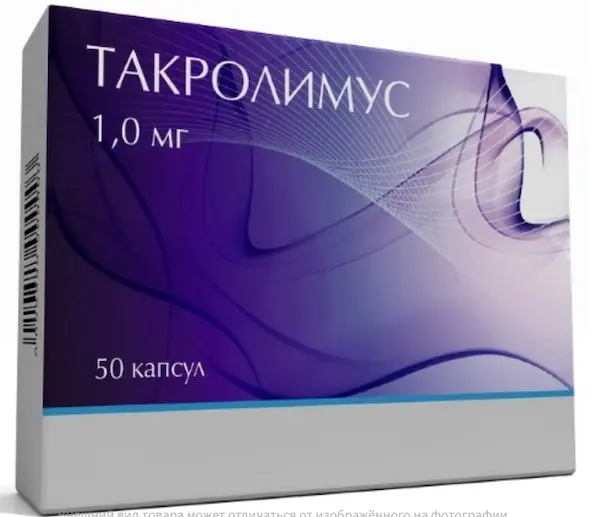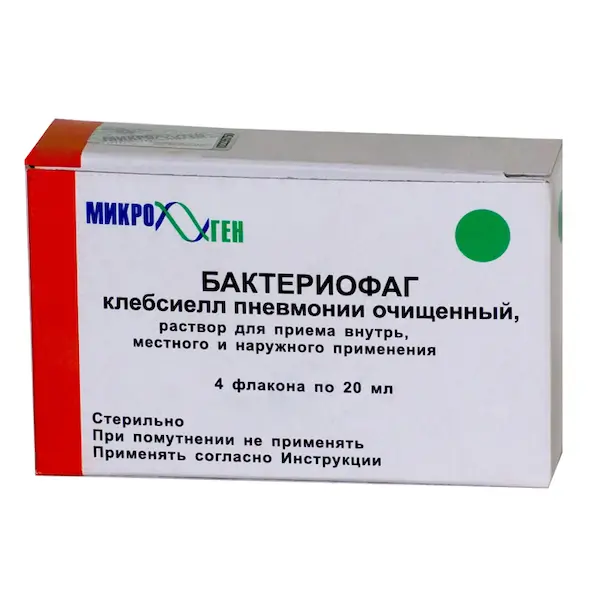Description
Tacrolimus Pharmacodynamics
At the molecular level, the effects and intracellular cumulation of tacrolimus are due to binding to the cytosolic protein (FKBP 12). The FKBP 12-tacrolimus complex specifically and competitively inhibits calcineurin, providing calcium-dependent blocking of T-cell signal transduction pathways and preventing transcription of a discrete series of lymphokine genes.
Tacrolimus is a highly active immunosuppressant. In in vitro and in vivo experiments tacrolimus distinctly reduced the formation of cytotoxic lymphocytes that play a key role in the transplant rejection reaction. Tacrolimus inhibited the formation of lymphokines (interleukin-2, -3, ?-interferon), T-cell activation, interleukin-2 receptor expression, and T-helper-dependent B-cell proliferation.
Indications
Prevention of liver, kidney or heart allograft rejection.
Treatment of allograft rejection resistant to other immunosuppressive therapy regimens.
Contraindications
Hypersensitivity to tacrolimus, other macrolides or any of the excipients. Lactase deficiency, lactose intolerance, glucose-galactose malabsorption.
Application during pregnancy and lactation
Pregnancy
Results of clinical studies indicate that tacrolimus may penetrate the placenta. Selected data on the use of tacrolimus in transplant patients indicate that there is no higher risk of adverse effects of the drug on the course and outcome of pregnancy compared with other immunosuppressants. There have been reports of spontaneous abortions. There are no other epidemiological data on this issue. Since the safety of tacrolimus in pregnant women is not well established, the drug is only taken during pregnancy if there is no safer alternative and only when the benefits of treatment justify the potential risk to the fetus. In order to detect potential adverse reactions of tacrolimus, it is recommended to monitor neonates whose mothers took tacrolimus during pregnancy (in particular, to pay attention to renal function). In rats and rabbits, tacrolimus had embryotoxic and fetotoxic effects in doses that were toxic to the maternal body. When toxic doses of tacrolimus were used, female rats showed impaired reproductive function, including childbirth, and offspring showed decreased birth weight, decreased viability, and stunted growth.
Breastfeeding period
According to clinical experience, tacrolimus penetrates breast milk. Because it is not possible to rule out adverse effects of tacrolimus on the newborn, women taking tacrolimus should stop breastfeeding.
Fertility
Negative effect of tacrolimus on male fertility was observed during preclinical studies in rats, which was manifested by decreased number and motility of spermatozoa.
Dosage and administration
- Therapy with Tacrolimus requires careful monitoring by appropriately qualified personnel with the necessary equipment. Only physicians experienced in immunosuppressive therapy in patients with organ transplants may prescribe tacrolimus or make changes in immunosuppressive therapy.
- Uncontrolled transfer of patients from one tacrolimus medication to another (including switching from conventional capsules to prolonged capsules) is unsafe. This may lead to transplant rejection or increased incidence of side effects, including hypo- or hyperimmunosuppression due to clinically significant differences in the systemic effects of tacrolimus. The patient should take one of the tacrolimus dosage forms with the recommended dosing regimen. A change in dosage form or dosing regimen should only be made under the supervision of a transplant specialist. After transfer, tacrolimus blood concentrations should be closely monitored and the dose of the drug should be adjusted to maintain the systemic effects of tacrolimus at an adequate level.
- If capsules are missed, the next dose should be taken in time. A double dose of the drug should not be taken.
- General Provisions
- The initial doses given below should be considered as recommendations only. In the initial postoperative period tacrolimus is usually used in combination with other immunosuppressants. The dose may vary depending on the immunosuppressive therapy regimen. The choice of dose should be based primarily on a clinical evaluation of the risk of rejection and individual tolerability of the drug, as well as on the monitoring of tacrolimus blood concentrations (see section “Recommendations for monitoring the therapeutic tacrolimus blood concentrations” below).
- If clinical signs of rejection appear, consideration should be given to the necessity of adjusting the immunosuppressive therapy regimen.
- Tacrolimus can be used both orally and intravenously. In most cases tacrolimus in capsule form is given orally; if necessary, capsule contents can be mixed with water and administered by nasogastric tube.
- Dosage and administration
- It is recommended that a daily dose of Tacrolimus in capsule form be divided into
- in two meals (e.g. morning and evening) in equal doses. Capsules should be taken immediately after taking them out of the blister.
- Capsules should be swallowed with liquid, preferably water. To achieve maximum absorption capsules are recommended to take on an empty stomach 1 hour before or 2-3 hours after
- 1 hour before or 2-3 hours after meals.
- Duration of drug intake
- To prevent transplant rejection, immunosuppression needs to be maintained at all times, hence the duration of therapy is not limited.
- Liver transplantation
- Primary immunosuppression – adults
- Oral therapy with Tacrolimus capsules should be started with a dose of
- 0.10-0.20 mg/kg/day, divided into two doses (e.g., morning and evening). If the patient’s condition allows for oral capsule administration, the drug should be started about 12 hours after the completion of surgery.
- Primary immunosuppression – children
- The initial dose of 0.30 mg/kg/day of Tacrolimus should be divided into two doses (e.g., morning and evening).
- Maintenance therapy – adults and children
- Doses of Tacrolimus are usually reduced in the post-transplant period. In some cases, concomitant immunosuppressive therapy may be discontinued, leaving tacrolimus as monotherapy. Improvement of the patient’s condition after transplantation may alter the pharmacokinetics of tacrolimus, which in turn may require adjustment of the drug dose.
- Treatment of rejection reactions – adults and children
- Treatment of rejection reactions requires the use of higher doses of tacrolimus in combination with additional therapy with glucocorticosteroids and short courses of mono/polyclonal antibodies. If signs of toxicity are noted, reduction of the drug dose may be required.
- When transferring patients to tacrolimus therapy, the same starting doses as for primary immunosuppression are recommended. Information on converting patients from cyclosporine therapy to tacrolimus is provided at the end of the section “Drug Dose Adjustment in Special Patient Populations.





